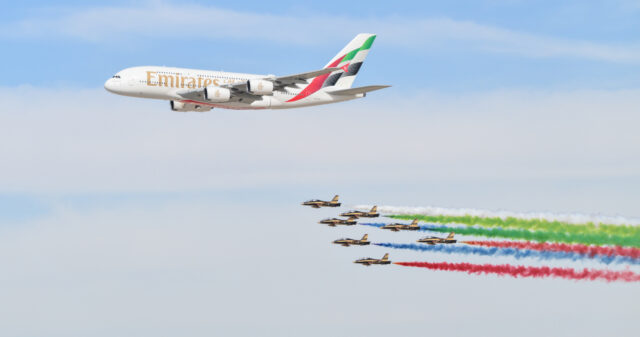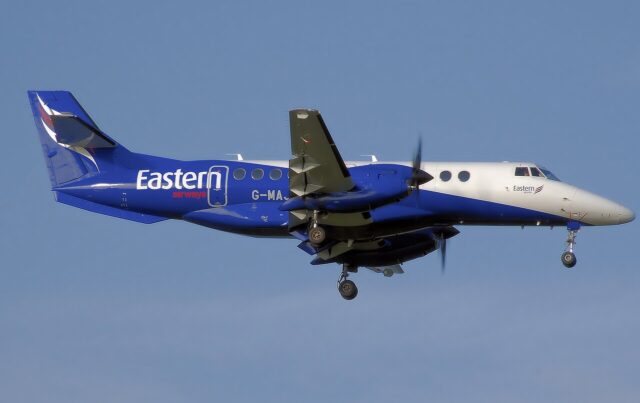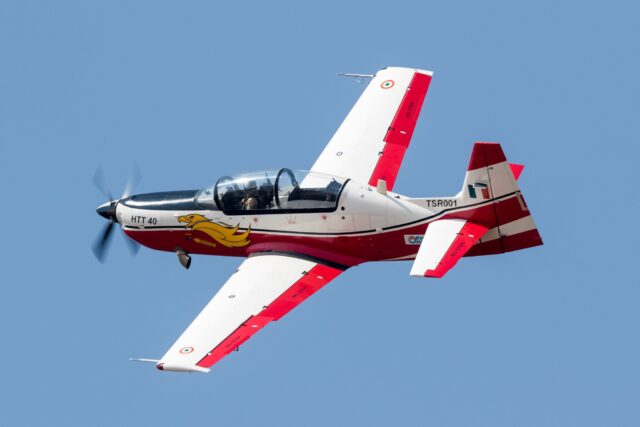America’s 6th-generation fighter jet: What we know so far about the F-47

October 4, 2025

Boeing has now begun production of the first F-47, the United States Air Force’s 6th-generation fighter jet, with a maiden flight targeted for 2028. The milestone comes after years of speculation and secrecy around the Next Generation Air Dominance (NGAD) programme, which is expected to redefine American airpower in the 2030s.
Although the F-47 has been under development for several years, with the first demonstrator believed to have flown in 2020, the Air Force only confirmed Boeing as the winning contractor in March 2025.
Speaking recently, Air Force Chief of Staff General David Allvin gave a rare update, confirming that the first aircraft is “in building” and emphasising the urgency of the programme. “We’re ready to go fast. We have to go fast,” he told reporters.
Timeline and development of the F-47 fighter jet
Until now, the Air Force had only said the aircraft would fly before the end of President Trump’s current term in January 2029. The latest schedule suggests the F-47 should take to the skies in 2028, keeping the service within that window.
It remains unclear how soon after first flight the fighter could enter operational service, or whether, like the B-21 Raider prototypes, early F-47 test aircraft could transition directly into the active fleet.

A notional buy of at least 185 aircraft is planned, reflecting the Pentagon’s view that the F-47 is essential to sustain American air dominance against peer rivals. Some in Washington have even suggested slowing or pausing development of the U.S. Navy’s 6th-generation fighter, the F/A-XX, out of concern that parallel programmes could dilute resources and delay the Air Force’s jet.
What we know of the development timeline so far
- 2020 – First NGAD demonstrator believed to have flown in secret.
- March 2025 – Boeing officially announced as winner of the Air Force’s F-47 contract.
- September 2025 – USAF Chief of Staff confirms first F-47 is “in building.”
- 2028 – First flight of the F-47 targeted.
- By January 2029 – Air Force had earlier pledged a first flight within President Trump’s current term.
- Early–mid 2030s – Possible window for entry into operational service, depending on testing and engine readiness
- Notional fleet – USAF expected to procure at least 185 aircraft.
Secrecy and speculation around America’s 6th-generation fighter jet
Despite the significance of the programme, almost nothing is known about the F-47’s outward appearance. Unlike China, which has flown tailless stealth demonstrators and prototypes in daylight and allowed footage to circulate online, the U.S. has kept its next-generation aircraft hidden from public view.
No confirmed photographs of the F-47 exist, and only two official renderings have ever been released, both of which are widely believed to be misleading.

U.S. officials have played into this secrecy. Secretary of the Air Force Frank Kendall once joked about looking at one of the renderings and imagining Chinese analysts poring over it, adding: “Good luck trying to dig something out of there.”
The culture of concealment echoes other classified projects such as the RQ-180 reconnaissance drone, which is thought to have been operational for a decade without any verified imagery.
Costs and capabilities of the F-47
What is known is that the F-47 will offer significantly greater reach than current fighters. It is expected to have a combat radius of more than 1,000 nautical miles, around 25% beyond the range of today’s tactical aircraft. This extended reach is tailored to the vast distances of the Indo-Pacific theatre, where the U.S. expects to face its most demanding future challenges.
Other performance characteristics remain classified, including whether the F-47 will have sustained supersonic “supercruise” capability. The aircraft is likely to integrate seamlessly with a new generation of unmanned Collaborative Combat Aircraft (CCAs) — drone wingmen designed to extend sensors, carry weapons, and absorb risks — as part of NGAD’s “family of systems” approach.

The jet will not come cheap. While the F-35 has long been criticised for high costs, the F-47 is expected to be at least three times as expensive, with a projected unit cost of around $300 million.
The global 6th-generation fighter jet race
The drive for speed reflects growing international competition. China has openly flown its next-generation J-50 prototypes, seeking to show it can match or surpass American advances.
The UK, Italy and Japan are developing the Tempest/GCAP fighter, with a demonstrator expected to fly in 2027. The US is determined not to fall behind, with officials pressing Boeing to maintain momentum despite industrial and budgetary pressures.
For now, the F-47 remains more mystery than reality. Beyond its likely long range and central role in NGAD, much about the jet, from its shape to its true capabilities, is still under wraps. What is clear is that the aircraft will be the most expensive and secretive fighter ever built, designed to ensure American dominance in the skies well into the mid-21st century.
















